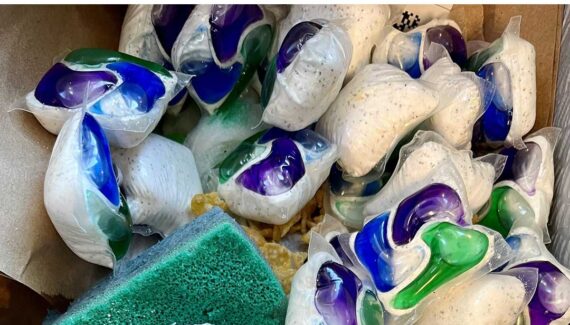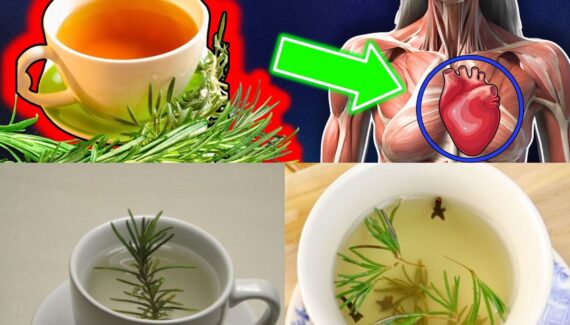
🚽 What Your Urine Color Really Says About Your Health (It’s More Interesting Than You Think)
Your body is constantly sending you signals about your health, and one of the simplest yet most informative signs can be found in your urine color. Although often overlooked or considered embarrassing to discuss, urine color can reveal a lot about your hydration status, diet, medications, and even potential medical conditions. In this article, we will explore what different urine colors really mean and guide you step-by-step on how to interpret them to better understand your health.
Why Does Urine Color Matter?
Urine color primarily reflects the concentration of a pigment called urochrome, which is a byproduct of the breakdown of hemoglobin in red blood cells. The more concentrated the urine, the darker the color, usually indicating dehydration. Conversely, diluted urine tends to be pale or clear. Other factors such as foods, vitamins, medications, and medical conditions can also affect the hue.
Step-by-Step Guide to Understanding Your Urine Color
Step 1: Observe the Color
The first step is to simply notice the color of your urine. It’s best to observe the color in a clear container or toilet bowl with good lighting, ideally during your first urination in the morning when the urine is most concentrated.
Step 2: Identify Your Urine Color
Here’s a breakdown of common urine colors and what they generally indicate:
- Pale yellow to straw color:
This is the ideal color, suggesting good hydration and normal kidney function. Your urine is diluted but still contains urochrome. - Clear or very light yellow:
Usually means you’re very well hydrated, but drinking excessive water can sometimes lead to the loss of essential electrolytes. - Dark yellow to amber:
Indicates mild to moderate dehydration. Your body is conserving water, so urine is more concentrated. - Honey or brownish:
May signal severe dehydration, liver problems, or the presence of blood breakdown products. It’s a sign to drink more fluids and possibly seek medical advice. - Pink, red, or cola-colored:
Could be due to blood in the urine (hematuria), certain foods like beets or berries, or medications. Blood in urine requires prompt medical evaluation. - Orange:
Often caused by dehydration or certain medications like rifampin or phenazopyridine. It may also be linked to liver or bile duct issues. - Blue or green:
Rare, but can occur due to certain medications, food dyes, or bacterial infections. - Cloudy or murky:
May indicate urinary tract infections or the presence of crystals or pus.










